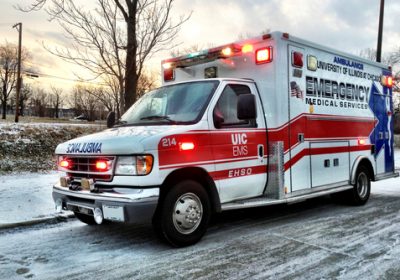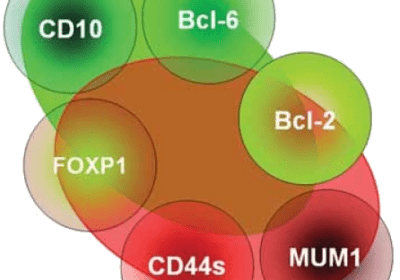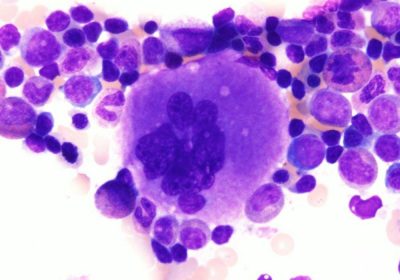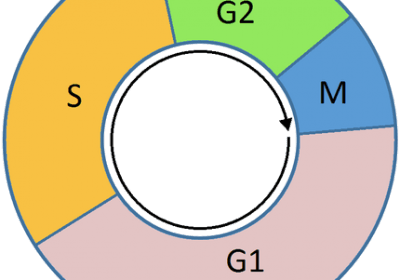Bone Marrow Examination

Bone marrow examination refers to the pathologic analysis of samples of bone marrow obtained by bone marrow aspiration and bone marrow biopsy (often called a trephine biopsy). Bone marrow is soft, gelatinous tissue that fills the medullary cavities, the centers of bones. The two types of bone marrow are red bone marrow, known as myeloid tissue, and yellow bone marrow, or fatty tissue. Bone marrow contains […]
Read more








